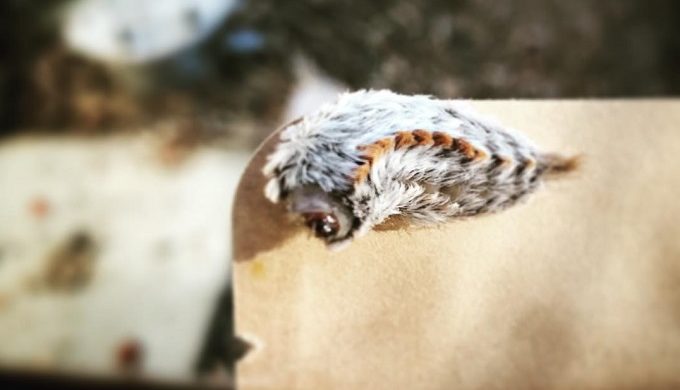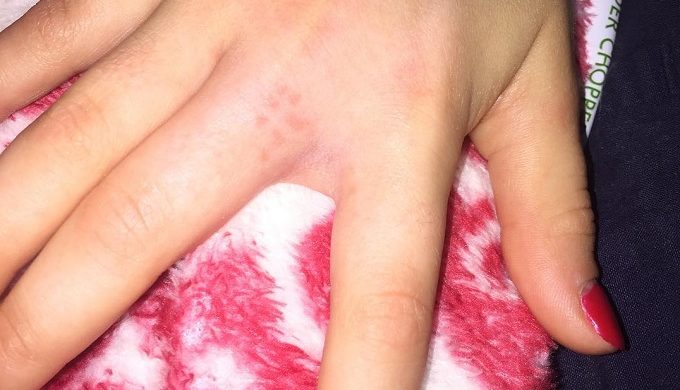Although they’re most prevalent in the fall time, there’s no harm in preparing yourself in advance for what’s known as the sting of the Texas Asp. This caterpillar may look cute, but its venomous hairs tell a whole other story. Touching the Texas Asp may seem tempting, but the spines within their hair-covered body can produce a painful sting or rash when brushed against your skin. Most people know better. However, some folks come into contact with this creature by accident.
This caterpillar has been known to infest shade trees and shrubs close to homes, parks, and schools. One such story was innocent enough: “Yes, about 12 years ago, shortly after retiring… I was out walking early in the morning before sunup. Walked under a tree and brushed some low hanging branches. It got me on the back of the neck and yes, the pain was horrible! As I recall it lasted most of the day…” Still another Texas native spoke of her agonizing pain from a similar incident, which clearly couldn’t have been avoided: “Yes, one fell into my bra, and I ended up in hospital! The pain was excruciating and put me into shock! Horrid creatures!”
Photo: Instagram/galvestonislandmoringa
Through no fault of your own, simply by being in an area that the Texas Asp is found in, you can accidentally come into contact with this caterpillar. When it rubs your skin, its venomous spines stick into the dermal tissue, resulting in a severe rash or burning sensation. In prior years, they have been found to be so numerous that schools in the Hill Country as well as in the Galveston area were reportedly closed temporarily due to the number of children being stung! As a child, you can only imagine the unbearable discomfort and fear one would experience from this injury. As an adult, some have shared the pain, and it’s amazing how torturous it sounds: “Bit by a rattler…stung by a black scorpion…but the asp in Texas was by far the worst.” Treatment can vary from home remedies to more serious measures: “Got stung on the wrist by one this past Friday. Worst pain ever, up my arm & across my chest. Sent me to minor ER clinic. Steroid shot, pain killers & Benadryl were my friends all weekend.”
Photo: Instagram/our.joyful.journey
Your options for treatment if you accidentally come into contact with the Texas Asp are varied. As far as symptoms go, some people experience pain which they identify as being quite intense and almost throbbing. Other people identify blood-colored spots at the heart of the sting. Some experience nausea and vomiting, severe headaches, and even shock and respiratory stress. The pain tends to subside in less than an hour, and the spots will disappear within approximately a day. Immediate treatments include using soap and water to wash the skin and using something which won’t contact the skin to dry it, like a hairdryer. You can also consider applying an ice pack, or even topical isopropyl alcohol for cooling, and put tape on the sting site to try to pull off any hairs which may be embedded. Others have applied calamine lotion or a baking soda and water slurry for soothing. Treatment of severe reactions will require walk-in clinic or ER assistance.





